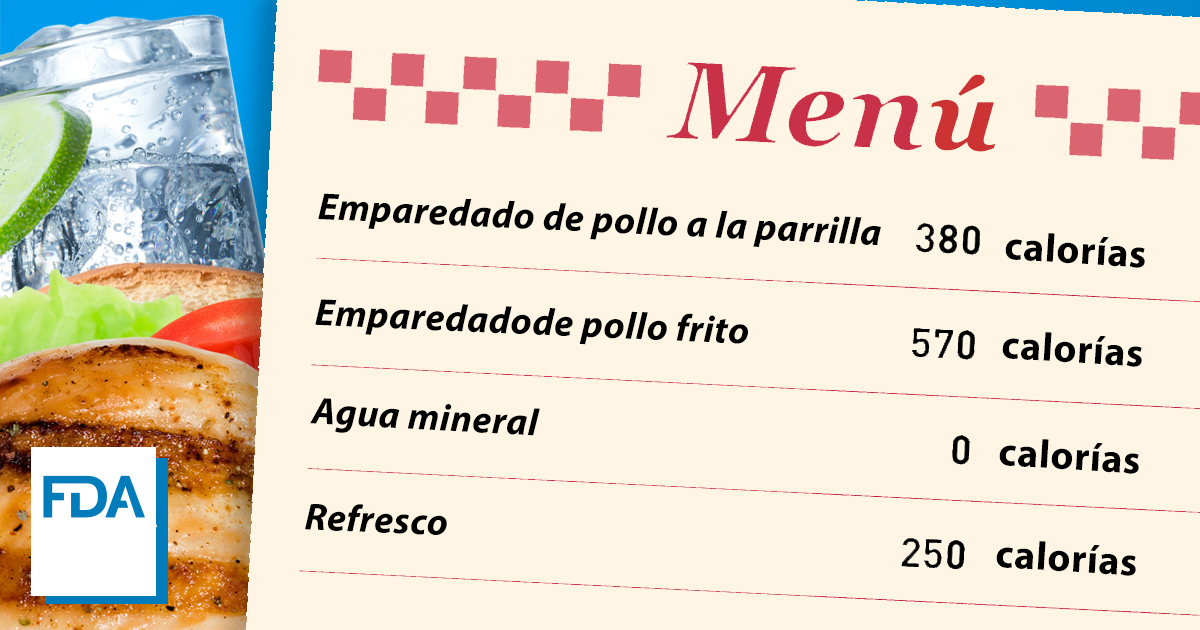
Image

Español
Most viral respiratory infections, like the common cold, usually come and go within a few days, with no lasting effects. But influenza (flu) is a disease that can cause serious health problems and can result in hospitalization or death.
You can fight back by adopting healthy habits and by using medicines and vaccines approved by the U.S. Food and Drug Administration to combat and help prevent the flu.
If you are generally healthy, here’s how to tell if you have a cold or the flu, and when to seek medical care.
Symptoms of Colds and Flu
Flu and cold viruses spread mainly by droplets, when infected people cough, sneeze, or talk. You also can get infected by touching a surface or object that has flu viruses on it, such as a door handle, and then touching your eyes, nose, or mouth. Flu season in the United States may begin as early as October and can last as late as May, and generally peaks between December and February.
Colds: Symptoms of colds usually are a stuffy or runny nose and sneezing. Other symptoms include coughing, a scratchy throat, and watery eyes. There is no vaccine to prevent colds, which come on gradually and often spread through everyday contact.
Flu: Symptoms of the flu come on suddenly and can include fever, headache, chills, dry cough, sore throat, body or muscle aches, tiredness, and feeling generally miserable. Like the viruses that cause a cold, flu viruses can cause a stuffy or runny nose, sneezing, and watery eyes. Young children also may experience nausea and vomiting.
Check with your health care provider promptly if you are at high risk for flu-related complications and you have flu symptoms — or if you have flu symptoms that do not improve. People at high risk include:
- Children younger than 5 years, but especially those younger than age 2
- Pregnant women
- People with certain chronic health conditions (such as asthma, diabetes, or heart or lung disease)
- People age 65 or older
Rapid Flu Tests Are Available
Some health care providers can give you an FDA-cleared rapid flu test. There are 17 rapid flu tests (11 antigen-based and six molecular-based) on the market with updated performance criteria that the FDA created to provide reasonable assurance that the test is accurate, reliable, and clinically valid.
According to the Centers for Disease Control and Prevention’s flu testing guidelines, you don’t need testing — or to await test results — before your health care provider can prescribe antiviral medication. Your health care provider will decide what to prescribe based on the signs and symptoms you have.
What to Do if You’re Already Sick
Colds usually run their course. When you’re sick, limit exposing yourself to other people. Cover your mouth and nose when you cough or sneeze. Also, stay hydrated and rested. Avoid alcohol and caffeinated products.
There are FDA-approved prescription medications — called antivirals — for treating flu. Also, a cold or flu may lead to a bacterial infection (such as bronchitis, sinusitis, ear infections, and pneumonia) that could require antibiotics.
Most people with the flu who aren’t at high risk have mild illness and do not need medical care or antiviral drugs. Still, your symptoms may last up to two weeks.
How to Safely Take Nonprescription Medicines for Cold or Flu Symptoms
Read medicine labels carefully and follow the directions. People with certain health conditions, such as high blood pressure or diabetes, should check with a doctor or pharmacist before taking a new cough or cold medicine.
Choose the right over-the-counter (OTC, or non-prescription) medicines for your symptoms.
- Nasal decongestants help unclog a stuffy nose.
- Cough suppressants help relieve coughs.
- Expectorants help loosen mucus.
- Antihistamines help stop a runny nose and sneezing.
- Pain relievers can help ease fever, headaches, and minor aches.
Check the medicine’s side effects. Medications can cause drowsiness and interact with food, alcohol, dietary supplements, and other medicines. Tell your doctor and pharmacist about every medical product and supplement you are taking.
Check with a health care professional before giving medicine to children.
How to Avoid Getting Sick
Get vaccinated against the flu. The best way to prevent the flu is by getting vaccinated every year. The vaccine changes each year and contains flu virus strains that are expected to be prevalent during the upcoming flu season. The protection from the previous year’s vaccine will diminish over time and may be too low to protect you into the next year, even if the flu virus strains circulating the next year are the same as those contained in the previous year’s vaccine.
With rare exceptions, the CDC recommends that everyone ages 6 months and older should be vaccinated against flu. The flu vaccine provides protection from the flu and its potential complications, which can result in hospitalization and sometimes death.
Annual vaccination is especially important for people at high risk for developing serious complications from flu: health care workers, and anyone who lives with or cares for people at high risk for serious flu-related complications.
Although children younger than 6 months are too young to be vaccinated, they have the highest risk for being hospitalized because of flu and flu-related complications compared to children of other ages. Therefore, the CDC recommends that parents, grandparents, caregivers, and all household members 6 months or older should be vaccinated because they will be less likely to get the flu and spread it to the unvaccinated child. If possible, keep infants away from crowds for the first few months of life.
Wash your hands often. Teach children to do the same. Both colds and flu can be passed through contaminated surfaces, including the hands. Wash hands with warm water and soap for at least 20 seconds. Try not to touch your eyes, nose, or mouth. Clean and disinfect frequently touched surfaces, especially when someone is ill.
Limit exposure to infected people. Cover your nose and mouth with a tissue when you cough or sneeze. Throw the tissue in the trash after you use it
Source: FDA
This webpage is made available by China PR News




